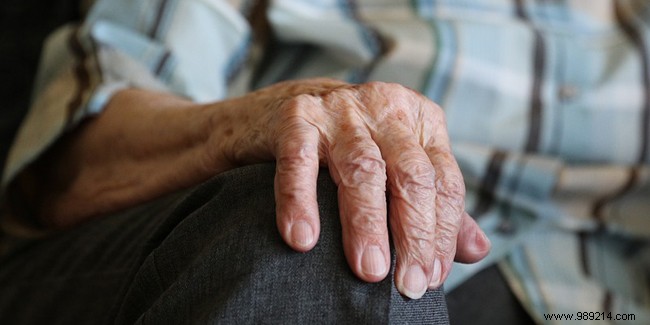
Osteoarthritis is the most common joint disease. It particularly affects the elderly, even if they are not the only ones to suffer from it. More than 85% of people over 70 suffer from osteoarthritis. This disabling disease of the rheumatism family, caused by the premature wear of the cartilage of the joints, can have serious consequences on the autonomy of the elderly
Osteoarthritis is a degenerative disease that weakens the joints such as the hips, knees, spine or even the fingers, and which can lead to a loss of autonomy in the gestures of daily life. All the elderly do not necessarily suffer from osteoarthritis, it is not a disease linked only to aging.
However, knee osteoarthritis, for example, is very common among seniors. The wear of the cartilage of the joints is linked to their repeated mechanical stress over time, but also to changes in the cells of the joint which gradually destroy the cartilage. Age is a factor that promotes osteoarthritis, like other factors:being a woman or being overweight. A brutal shock or a badly treated injury in the past can also be the cause of osteoarthritis. Heredity is also a risk factor.
Osteoarthritis manifests and evolves in a variable way from one individual to another. Osteoarthritis causes pain during movements that strain the affected joints, as well as stiffness in the parts of the body concerned. It also causes difficulty in walking and can cause falls. This disease progresses by flare-ups that swell the joints, with periods of acute pain and in some cases inflammatory flare-ups. Osteoarthritis gradually causes joints to deform in the form of bony growths that are irreversible.
No therapy exists to cure osteoarthritis. The treatments offered can relieve the pain it causes and slow down its development. Analgesics, even anti-inflammatories, are prescribed to reduce the pain associated with osteoarthritis. For those most affected, corticosteroid injections are performed.
In case of osteoarthritis, and especially for the elderly, a healthy lifestyle is recommended and is also the best way to treat this disease. Take care not to be overweight, practice regular moderate-intensity physical activity outside of very painful periods of the disease, avoid carrying heavy loads, wear orthopedic insoles in the event of knee osteoarthritis, help to limit harmful effects of the disease.
Certain medications in the form of a patch or gel to be applied to the joint affected by osteoarthritis help relieve pain. Rehabilitation sessions with a physiotherapist can also be useful for people with osteoarthritis to restore joint flexibility and strengthen muscles.
Surgical treatments or the placement of joint prostheses, as in the case of osteoarthritis of the hip, are also proposed by rheumatologists as the ultimate solution in order to avoid a real handicap.